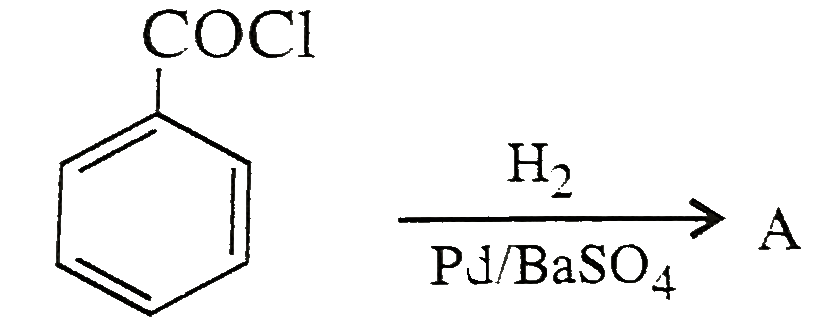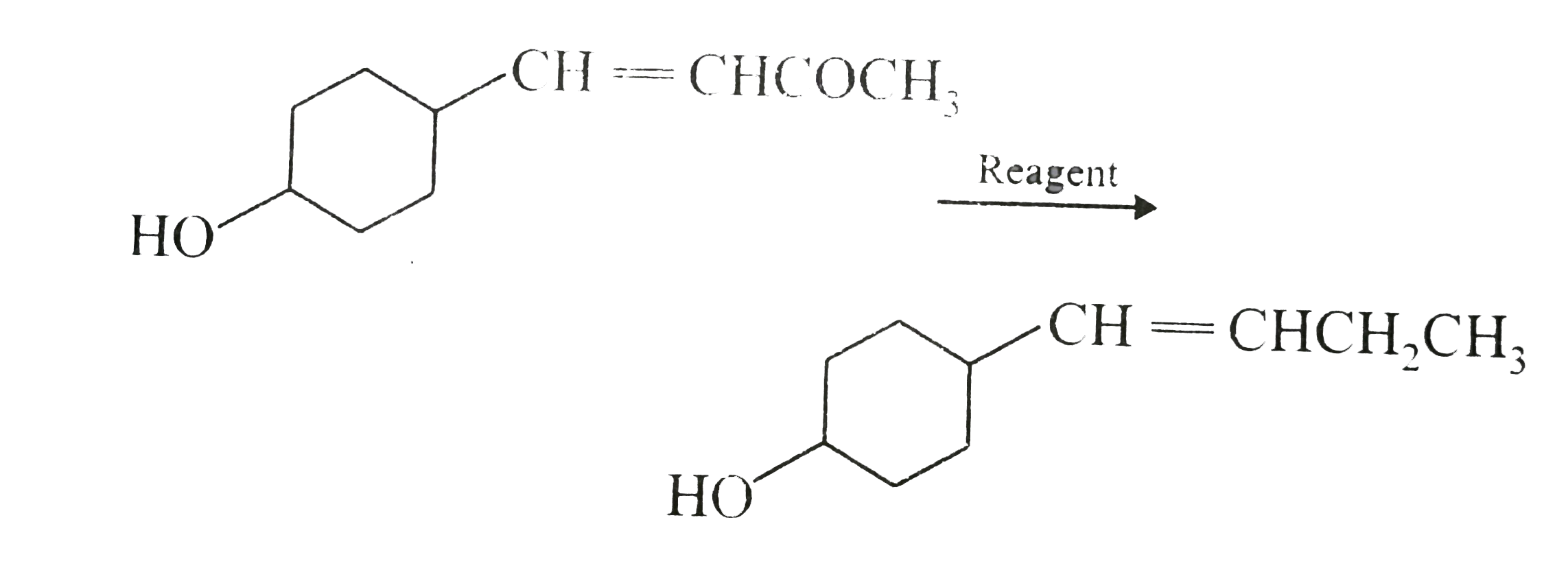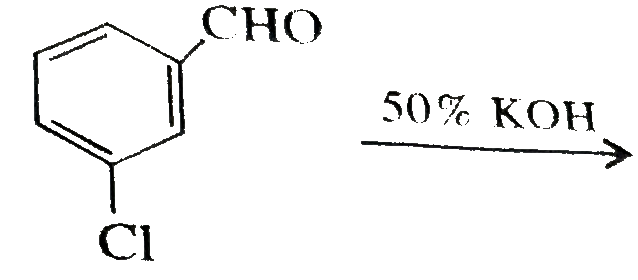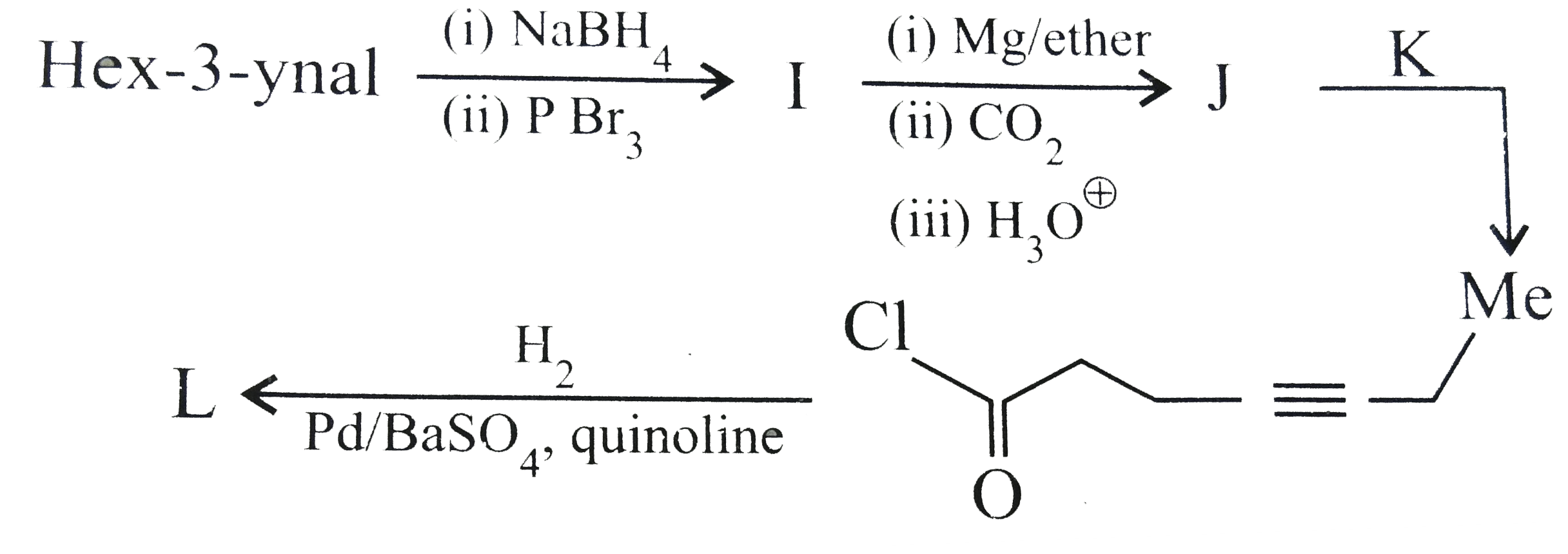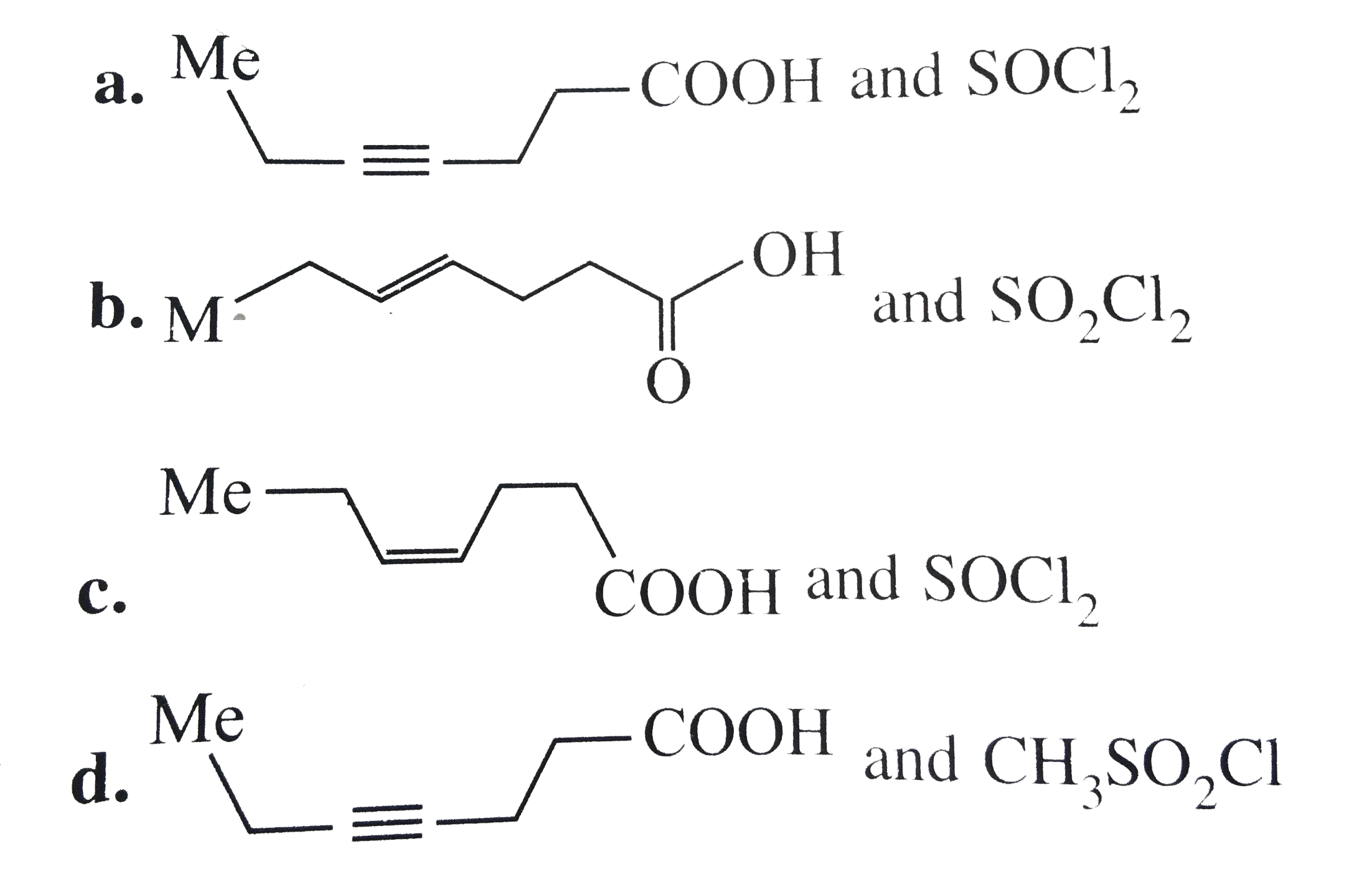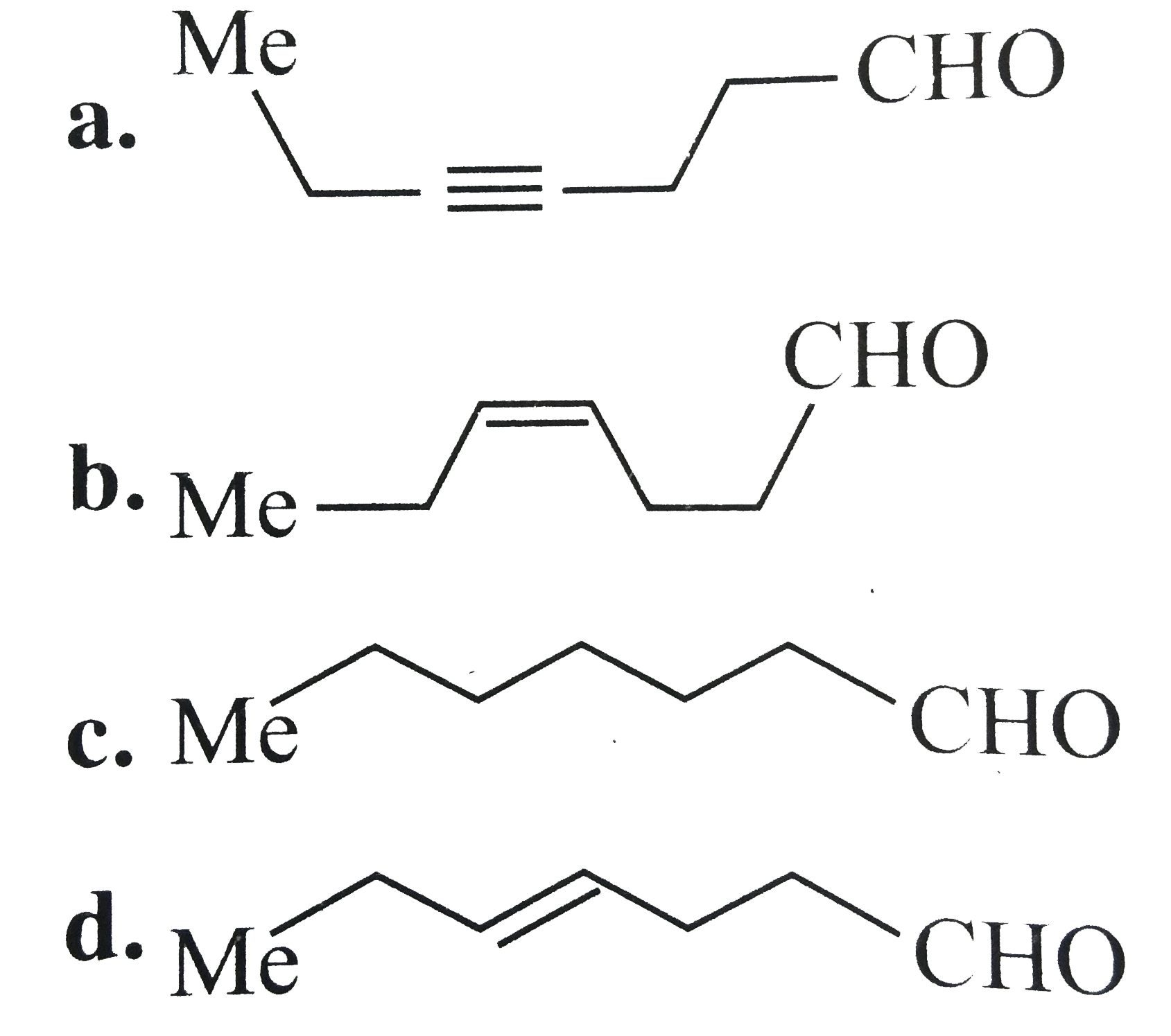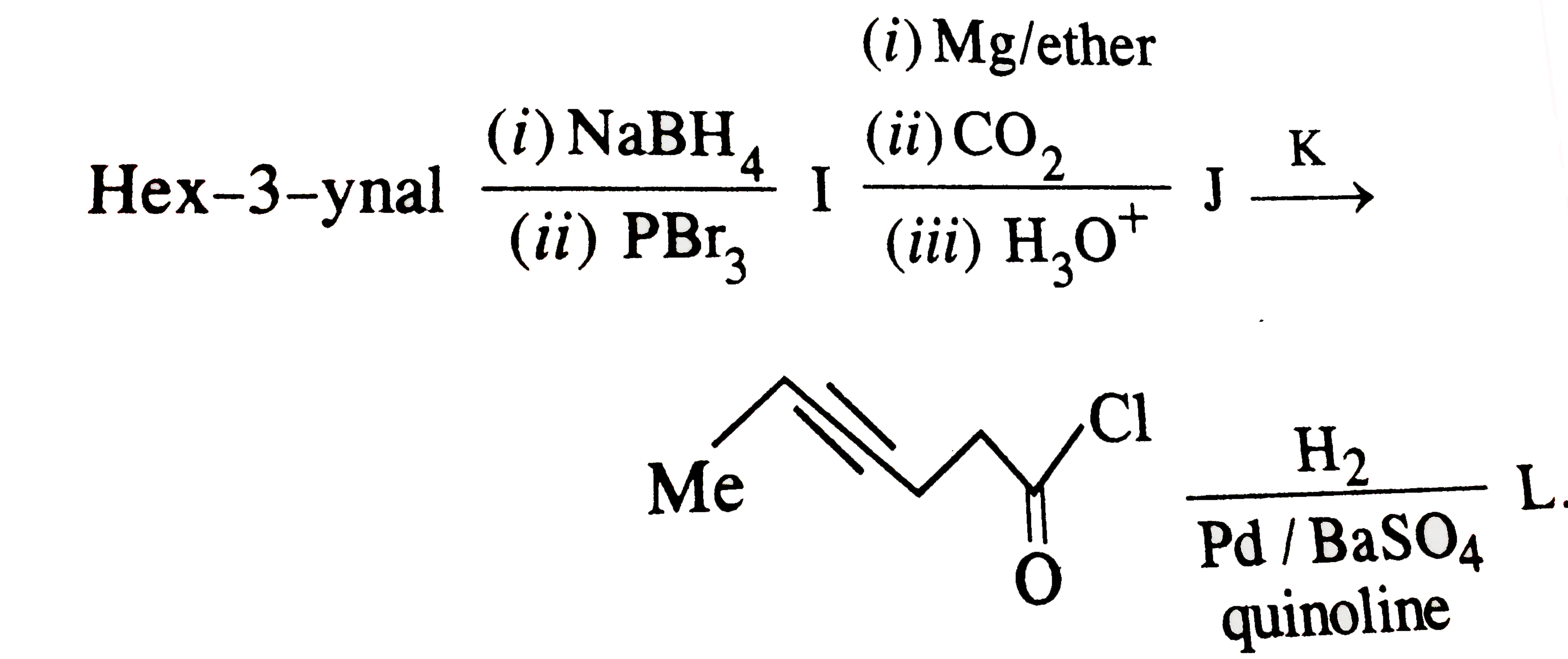MATRIX MATCH TYPE from S DINESH & CO CHEMISTRY (HINGLISH) Chapter 11:ALDEHYDES AND KETONES for Class 12
| Class 12 | CHEMISTRY |
| Chapter | ALDEHYDES AND KETONES |
| S DINESH & CO CHEMISTRY (HINGLISH) | MATRIX MATCH TYPE |
| Medium | English |
| Academic Year | 2023-2024 |
Question 14
Cannizzaro reaction is a chemical reaction named after Stanislao Cannizzaro that involves the base-induced disproportionation of two molecules of a non-enolizable aldehyde to yield a carboxylic acid and a primary alcohol.Cannizzaro Reaction Mechanism details the method to get one molecule of alcohol and one molecule of carboxylic acid from two molecules of a given aldehyde.he reaction is executed by a nucleophilic acyl substitution on an aldehyde where the leaving group attacks another aldehyde. A tetrahedral intermediate results from the attack of hydroxide on a carbonyl. This tetrahedral intermediate collapses, thereby reforming the carbonyl and transferring a hydride which attacks another colony. Now, a proton is exchanged by acid and alkoxide ions. When a base of high concentration is introduced, the aldehyde forms an anion which has a charge of 2. From this, a hydride ion is transferred to a second molecule of the aldehyde, forming carboxylate and alkoxide ions. The alkoxide ion also obtains a proton from the solvent for the reaction.Which of the following will not undergo Cannizzaro's reaction on heating with an alkali solution?View SolutionQuestion 59
Cannizzaro reaction is a chemical reaction named after Stanislao Cannizzaro that involves the base-induced disproportionation of two molecules of a non-enolizable aldehyde to yield a carboxylic acid and a primary alcohol.Cannizzaro Reaction Mechanism details the method to get one molecule of alcohol and one molecule of carboxylic acid from two molecules of a given aldehyde.he reaction is executed by a nucleophilic acyl substitution on an aldehyde where the leaving group attacks another aldehyde. A tetrahedral intermediate results from the attack of hydroxide on a carbonyl. This tetrahedral intermediate collapses, thereby reforming the carbonyl and transferring a hydride which attacks another colony. Now, a proton is exchanged by acid and alkoxide ions. When a base of high concentration is introduced, the aldehyde forms an anion which has a charge of 2. From this, a hydride ion is transferred to a second molecule of the aldehyde, forming carboxylate and alkoxide ions. The alkoxide ion also obtains a proton from the solvent for the reaction.Which of the following aldehydes will undergo Cannizzaro's reaction ?View SolutionQuestion 236
Which fo the following statements regarding chemical properties of acetophenone are wrong ?
I. It is reduced to methyl phenyl carbinol by sodium acid and ethanol
II. It is oxidised to benzoic acid with acidified KMnO4
III. It does not undergo electrophilic substitution like nitration at meta position ltbr> IV. It does not undergo iodoform reaction with iodine and alkali.View SolutionQuestion 288
Which of the following path ways produces 2-hexanone
(i) 1-hexyne is treated with H2SO4,HgSO4 and water
(ii) 3-methyl-2-heptene is treated with O3 followed by hydrolysis
(iii) n-butyl magnesium bromide reacts with acetaldehyde followed by hydrolysis and then chromic acid oxidation
(iv) hydroboration-oxidation of 1-hexyne.View SolutionQuestion 387
Compound 'A' (molecular formula C3H8O) is treated with acidified potassium dichromate to form a product 'B' (molecular formula C3H6O)'B' forms a shining silver mirror on warming with ammoniacal silver nitrate 'B' when treated with an aqueous solution of H2NCONHNH2 and sodium acetate gives a product 'C'. Identify the structure of 'C'View SolutionQuestion 405
Carbonyl compounds can serve both as reductant and oxidant, such processes being termed as disproportionation reactions. When non enolizable aldehydes are treated with strong aqueous or alcoholic base, one molecule of aldehydes undergoes reduction to alcohol while another molecule undergoes oxidation to acid. This disproportionation is the result of a nucleophilic addition of hydroxide ion to the aldehyde carbonyl to give a tetrahedral intermediate which can then regenerate the carbonyl group either by expelling hydroxide ion (to revert to aldehyde) or, by expelling hydride ions (to revert to carboxylic acid).
Above passage describesView SolutionQuestion 406
Carbonyl compounds can serve both as reductant and oxidant, such processes being termed as disproportionation reactions. When non enolisable aldehydes are treated with strong aqueous or alcoholic base, one molecule of aldehydes undergoes reduction to alcohol while another molecule undergoes oxidation to acid. This disproportionation is the result of a nucleophilic addition of hydroxide ion to the aldehyde carbonyl to give a tetrahedral intermediate which can then regenerate the carbonyl group either by expelling hydroxide ion (to revert to aldehyde) or, by expelling hydride ions (to revert to carboxylic acid).
The addition of hydroxide ion and expulsion of hydride ion is an example of View SolutionQuestion 407
Carbonyl compounds can serve both as reductant and oxidant, such processes being termed as disproportionation reactions. When non enolisable aldehydes are treated with strong aqueous or alcoholic base, one molecule of aldehydes undergoes reduction to alcohol while another molecule undergoes oxidation to acid. This disproportionation is the result of a nucleophilic addition of hydroxide ion to the aldehyde carbobyl to give a tetrahedral intermedate which can then regenerate the carbonyl group either by expelling hydroxide ion (to revert to aldehyde) or, by expelling hydride ions (to revert to carboxylic acid).
Above reaction is View SolutionQuestion 410
A carbonyl compound P which gives positive iodoform test, undergoes reaction with MeMgBr followed by dehydration to give an olefin Q. Ozonolysis of Q leads to a dicarbonyl compound R, which undergoes intramolecular aldol reaction to give predominantly S.
P(i)MeMgBr−−−−−−−−→(ii)H+,H2O(iii)H2SO4,heatQO3/Sn−,H2O−−−−−−−−→ROH−−−→heatS.
The structure of the carbonyl compound P is View SolutionQuestion 411
A carbonyl compound P which gives positive iodoform test, undergoes reaction with MeMgBr followed by dehydration to give an olefin Q. Ozonolysis of Q leads to a dicarbonyl compound R, which undergoes intramolecular aldol reaction to give predominantly S.
P(i)MeMgBr−−−−−−−−→(ii)H+,H2O(iii)H2SO4,heatQO3/Sn−,H2O−−−−−−−−→ROH−−−→heatS.
The structures of the products Q and R, respectively, areView SolutionQuestion 412
A carbonyl compound P which gives positive iodoform test, undergoes reaction with MeMgBr followed by dehydration to give an olefin Q. Ozonolysis of Q leads to a dicarbonyl compound R, which undergoes intramolecular aldol reaction to give predominantly S.
P(i)MeMgBr−−−−−−−−→(ii)H+,H2O(iii)H2SO4,heatQO3/Sn−,H2O−−−−−−−−→ROH−−−→heatS.
The structure of the product S, is View SolutionQuestion 433
(A) Pentanone-3 does not give yellow pricipitate of iodoform with I2/NaOH whereas Pentanone-2 gives a yellow precipitate of iodoform with I2/NaOH.
(R) Compound containing (CH3−CO−) group i.e., methyl ketones or alcohols which on oxidation yield an aldehyde or ketone with CH3CO− group undergo Haloform reaction.View Solution
All Exercises from S DINESH & CO CHEMISTRY (HINGLISH) Class 12 CHEMISTRY ALDEHYDES AND KETONES
- ALL QUESTIONS
- ASSERATION-REASON TYPE QUESTION
- COMPLETION OF THE MISSING LINKS
- COMPLETION REACTIONS
- COMPREHENSION
- COMPREHENSION 2
- COMPREHENSION 3
- COMPREHENSION 4
- COMPREHENSION 5
- COMPREHENSION 6
- COMPREHENSION 7
- COMPREHENSION I
- INTEGER TYPE QUESTIONS
- INTERGER
- MATCH THE COLOUMN
- MATRIX MATCH TYPE
- MCQ
- MULTIPLE CHOICE
- NOMENCLATURE AND ISOERISM
- PRACTICE TEST
- PREPARATION OF CARBONYL
- PROPERTIES OF CARBON
- R.Q.F.C.E
- REASON ASSERTION TYPE
- SELECT THE CORRECT ANSWER
- SELECTED STRAIGHT OBJECTIVE TYPE
- SOME TYPICAL CONVERSIONS
- ULTIMATE PREPARATHORY PACKAGE
- ALL QUESTIONS
- ASSERATION-REASON TYPE QUESTION
- COMPLETION OF THE MISSING LINKS
- COMPLETION REACTIONS
- COMPREHENSION
- COMPREHENSION 2
- COMPREHENSION 3
- COMPREHENSION 4
- COMPREHENSION 5
- COMPREHENSION 6
- COMPREHENSION 7
- COMPREHENSION I
- INTEGER TYPE QUESTIONS
- INTERGER
- MATCH THE COLOUMN
- MATRIX MATCH TYPE
- MCQ
- MULTIPLE CHOICE
- NOMENCLATURE AND ISOERISM
- PRACTICE TEST
- PREPARATION OF CARBONYL
- PROPERTIES OF CARBON
- R.Q.F.C.E
- REASON ASSERTION TYPE
- SELECT THE CORRECT ANSWER
- SELECTED STRAIGHT OBJECTIVE TYPE
- SOME TYPICAL CONVERSIONS
- ULTIMATE PREPARATHORY PACKAGE
- ALL QUESTIONS
- ASSERATION-REASON TYPE QUESTION
- COMPLETION OF THE MISSING LINKS
- COMPLETION REACTIONS
- COMPREHENSION
- COMPREHENSION 2
- COMPREHENSION 3
- COMPREHENSION 4
- COMPREHENSION 5
- COMPREHENSION 6
- COMPREHENSION 7
- COMPREHENSION I
- INTEGER TYPE QUESTIONS
- INTERGER
- MATCH THE COLOUMN
- MATRIX MATCH TYPE
- MCQ
- MULTIPLE CHOICE
- NOMENCLATURE AND ISOERISM
- PRACTICE TEST
- PREPARATION OF CARBONYL
- PROPERTIES OF CARBON
- R.Q.F.C.E
- REASON ASSERTION TYPE
- SELECT THE CORRECT ANSWER
- SELECTED STRAIGHT OBJECTIVE TYPE
- SOME TYPICAL CONVERSIONS
- ULTIMATE PREPARATHORY PACKAGE
- ALL QUESTIONS
- ASSERATION-REASON TYPE QUESTION
- COMPLETION OF THE MISSING LINKS
- COMPLETION REACTIONS
- COMPREHENSION
- COMPREHENSION 2
- COMPREHENSION 3
- COMPREHENSION 4
- COMPREHENSION 5
- COMPREHENSION 6
- COMPREHENSION 7
- COMPREHENSION I
- INTEGER TYPE QUESTIONS
- INTERGER
- MATCH THE COLOUMN
- MATRIX MATCH TYPE
- MCQ
- MULTIPLE CHOICE
- NOMENCLATURE AND ISOERISM
- PRACTICE TEST
- PREPARATION OF CARBONYL
- PROPERTIES OF CARBON
- R.Q.F.C.E
- REASON ASSERTION TYPE
- SELECT THE CORRECT ANSWER
- SELECTED STRAIGHT OBJECTIVE TYPE
- SOME TYPICAL CONVERSIONS
- ULTIMATE PREPARATHORY PACKAGE
- ADDITIONAL IMPORTANT QUESTION
- EXAMPLE
- HIGHER ORDER THINKING SKILLS
- PROBLEM
- QUESTION FROM BOARD
- ADDITIONAL IMPORTANT QUESTION
- EXAMPLE
- HIGHER ORDER THINKING SKILLS
- PROBLEM
- QUESTION FROM BOARD
- ADDITIONAL IMPORTANT QUESTION
- EXAMPLE
- HIGHER ORDER THINKING SKILLS
- PROBLEM
- QUESTION FROM BOARD
- ADDITIONAL IMPORTANT QUESTION
- EXAMPLE
- HIGHER ORDER THINKING SKILLS
- PROBLEM
- QUESTION FROM BOARD







 Salicylaldehyde
Salicylaldehyde 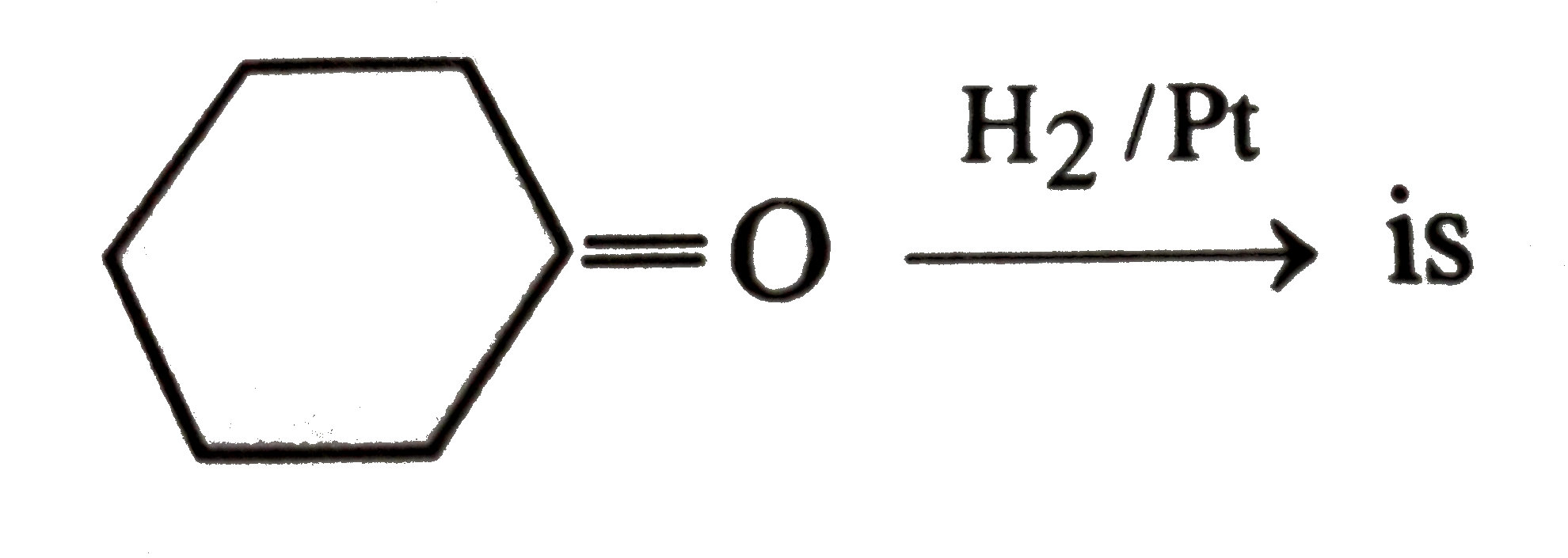



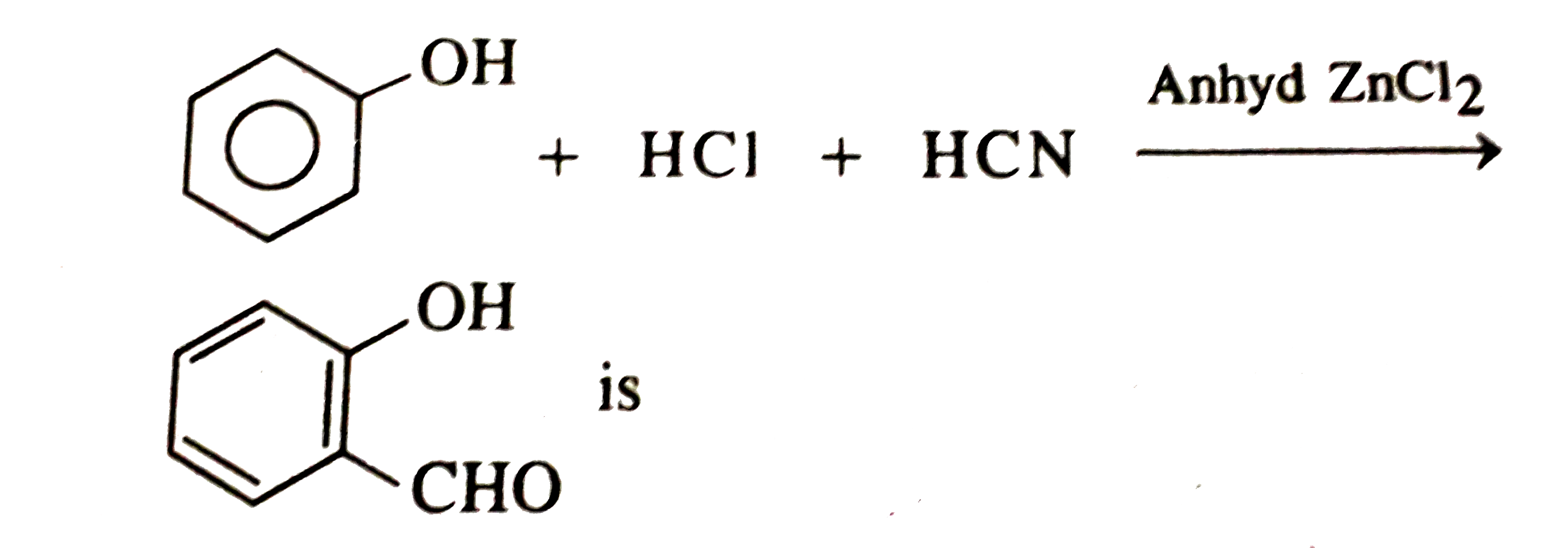
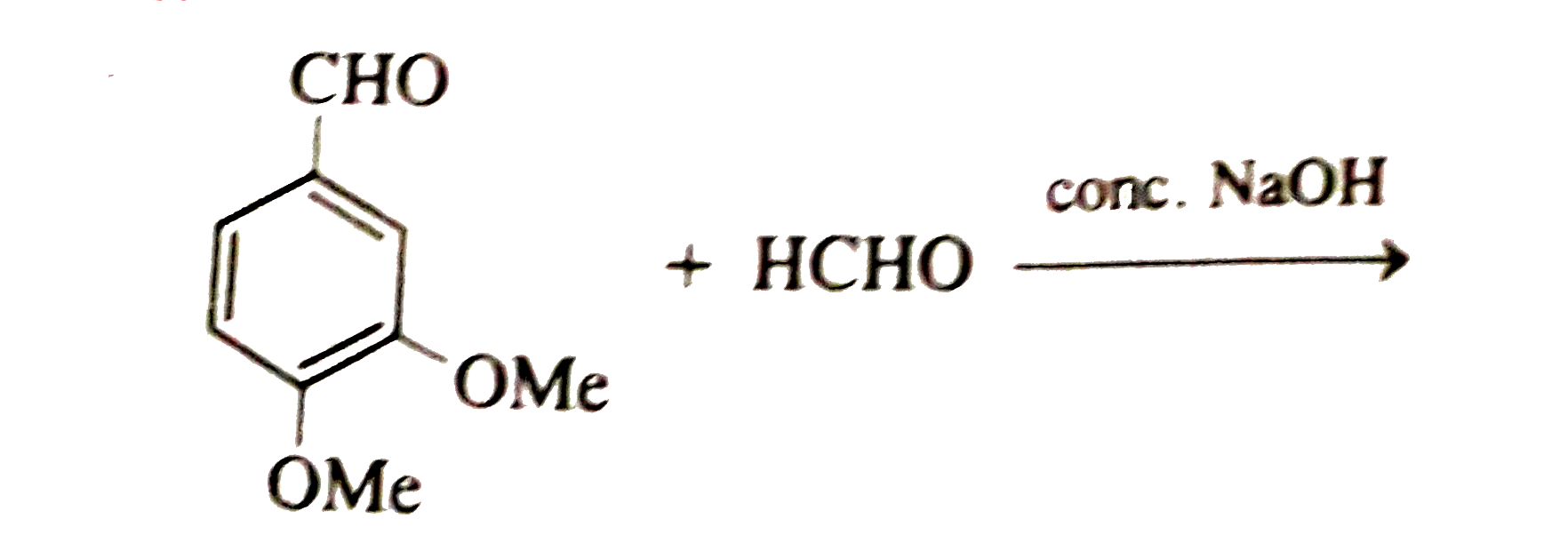
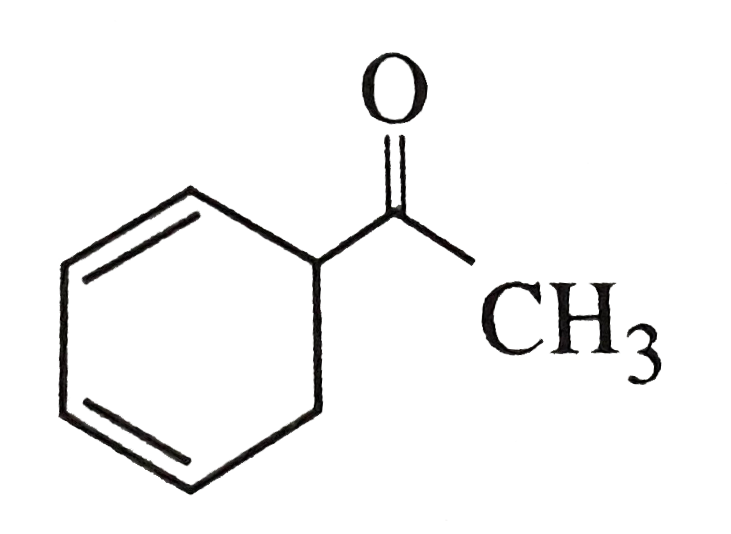 is
is 
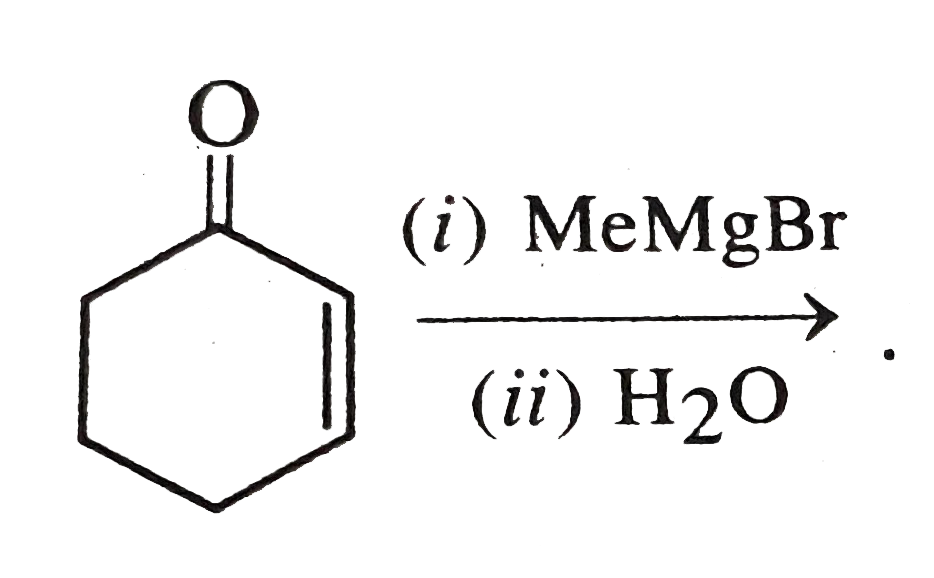

 . Identify the reactant
. Identify the reactant

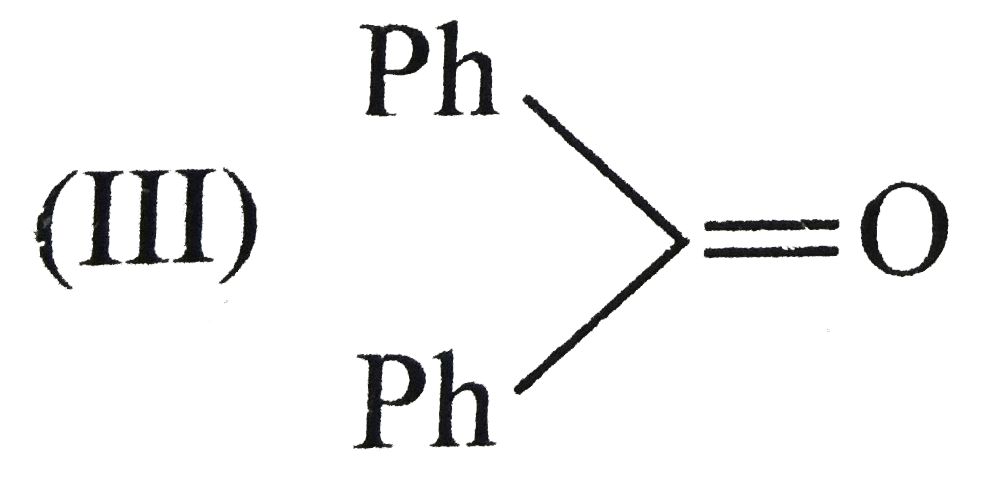 .
.
